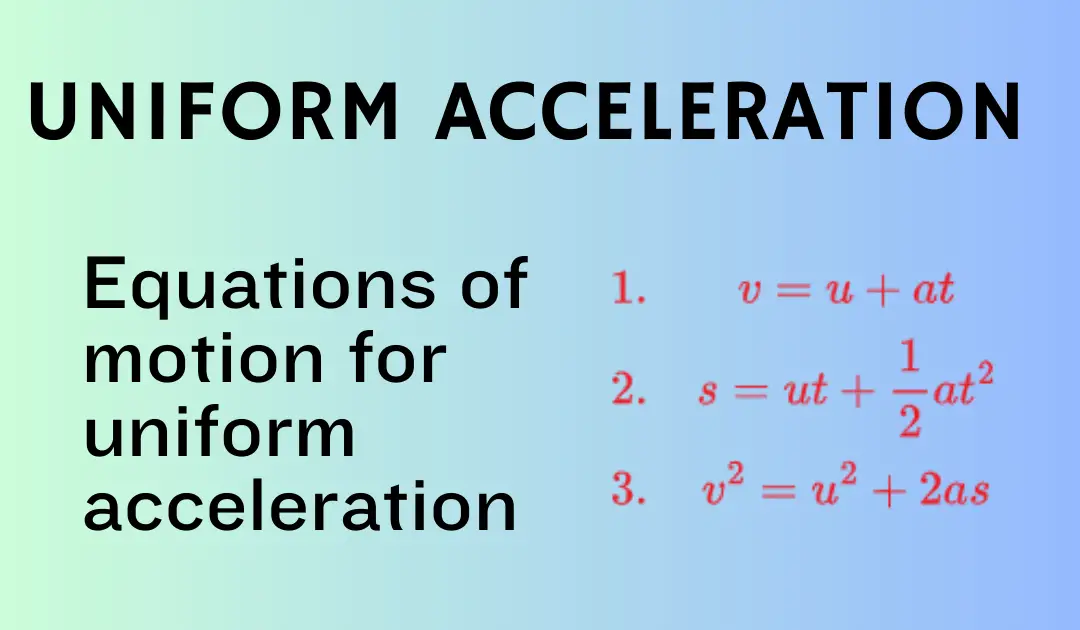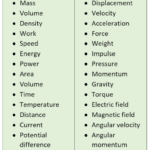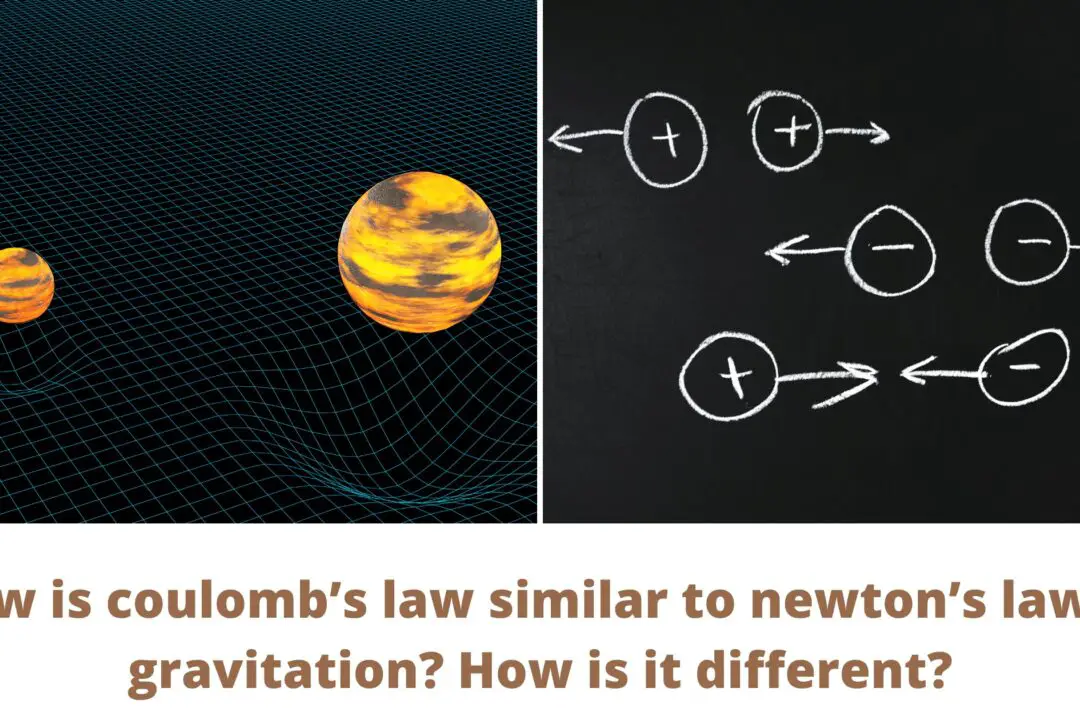If force $(F)$ velocity $(V)$ and time $(T)$ are taken as fundamental units, the dimensions of mass are: [PMT/NEET-2014]
a. $[FV T^{-1}]$
b. $[FV T^{-2}]$
c. $[F V^{-1} T^{-1}]$
d. $[F V^{-1} T]$
Answer: d. $ [F V^{-1} T] $
Explanation:
When force (F), velocity (V), and time (T) are taken as fundamental units, we need to express mass in terms of these new fundamental quantities using basic physical relationships.
Using Newton’s Second Law
From Newton’s second law: $ F = ma $
Solving for mass: $ m = \frac{F}{a} $
Finding Acceleration in New System
Acceleration is defined as the rate of change of velocity with respect to time:
$ a = \frac{\text{change in velocity}}{\text{time}} $
In dimensional terms: $ [a] = \frac{[V]}{[T]} = [VT^{-1}] $
Substituting to Find Mass Dimensions
Now substituting the acceleration dimensions into our mass equation:
$
[m] = \frac{[F]}{[a]} = \frac{[F]}{[VT^{-1}]} = \frac{[F] × [T]}{[V]} = [FV^{-1}T] $
Verification
We can verify this makes sense:
- In the standard MLT system: mass = $ [M] $, force = $ [MLT^{-2}] $, velocity = $ [LT^{-1}] $
- If we substitute: $ [FV^{-1}T] = [MLT^{-2}][LT^{-1}]^{-1}[T] = [MLT^{-2}][L^{-1}T][T] = [M] $
The dimensional formula $ [FV^{-1}T] $ correctly represents mass when force, velocity, and time are chosen as fundamental units.





